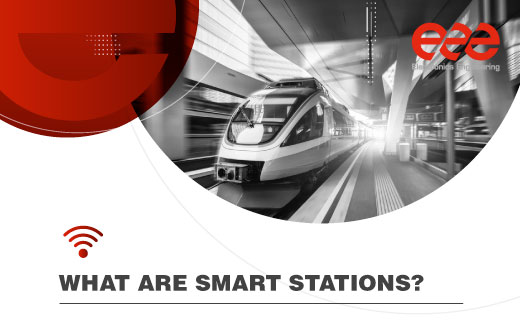The evolution of rail transport is not only reflected in faster and more efficient trains. Train stations are evolving with technology to offer a better all-round experience. Smart Stations incorporate advanced digital solutions to optimise rail operations and improve the passenger experience. Thanks to technologies such as artificial intelligence, the Internet of Things (IoT) and automation, these stations are redefining urban mobility and rail transport.
Features of Smart Stations
Smart stations incorporate various technological solutions to optimise rail management and user experience. For example:
- IoT connectivity: Connected sensors and devices enable real-time monitoring of the operation, improving passenger flow management and optimising resources.
- Advanced security systems: Video surveillance with facial recognition or automated access controls ensure greater protection for travellers.
- Artificial Intelligence (AI): AI analyses data to predict traffic patterns, adjust services and provide personalised information to passengers.
- Energy efficiency: Implementation of renewable energies, LED lighting and intelligent management of electricity consumption.
- Intermodality: Integration with other means of transport, such as buses, bicycles and shared mobility services, facilitating urban travel.
The impact on rail mobility
Moreover, smart stations not only improve user experience, they also optimise rail operations. Thus, the implementation of IoT systems allows constant monitoring of passenger flow, predictive maintenance of infrastructures and better coordination of rail traffic. This all translates into greater efficiency and cost reduction for operators and administrations.
At Triple E, leaders in railway safety, we develop advanced solutions for the protection of trains and their critical systems, ensuring their integration with smart technologies in line with the Smart Station concept. Our commitment to innovation drives a safer and more efficient railway, making the future a reality.










